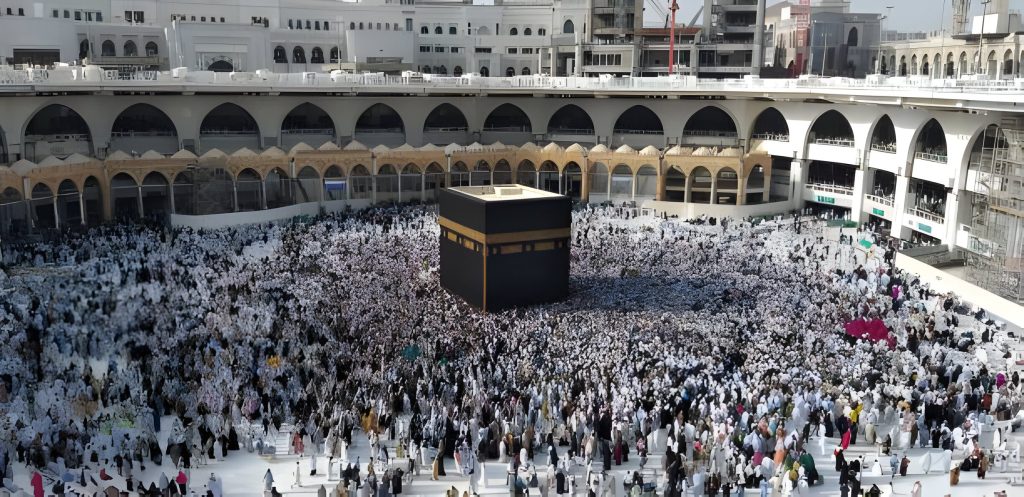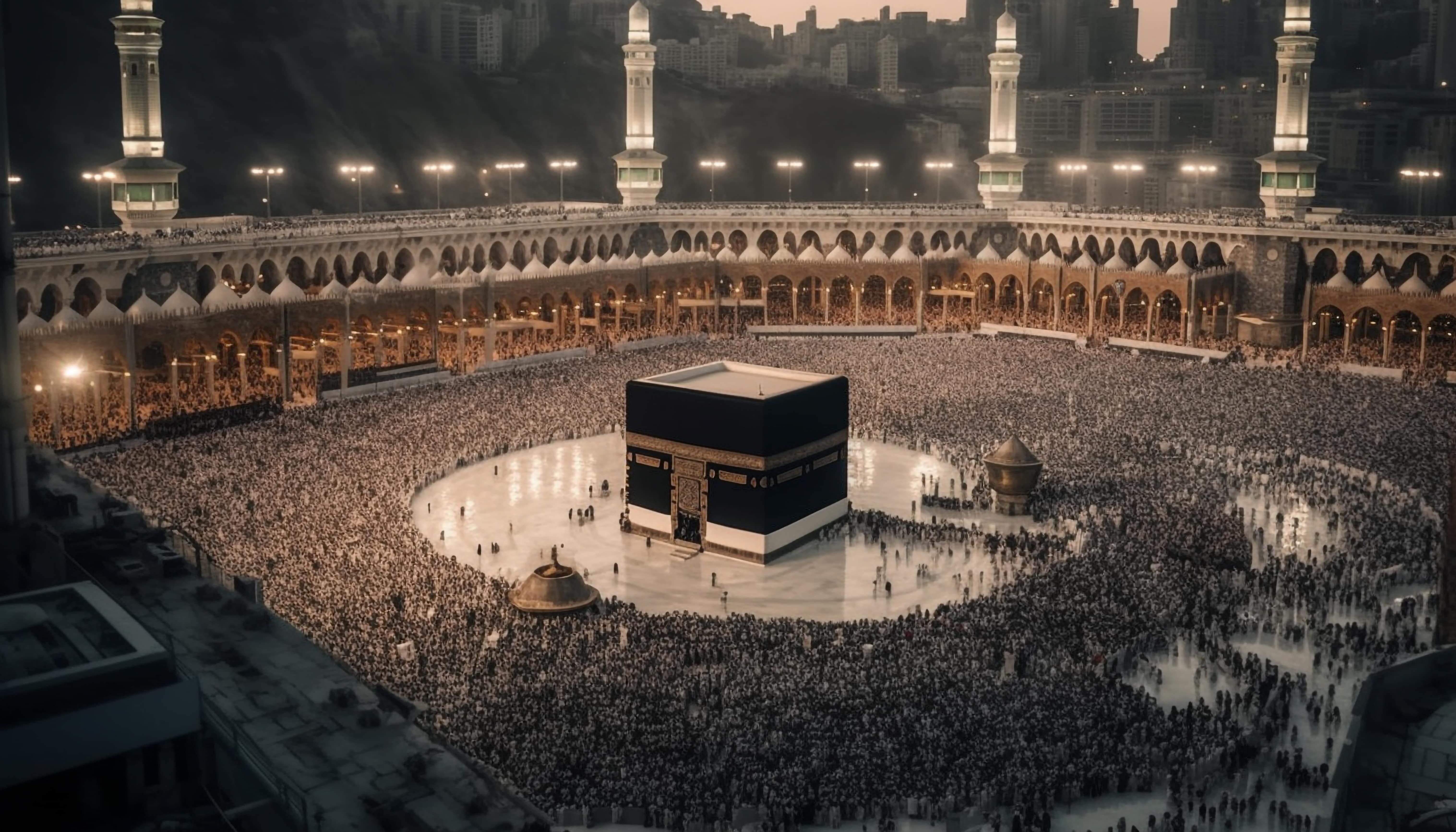Performing Umrah is a deeply enriching experience for Muslims worldwide. As a spiritual journey, it holds immense significance and is considered an opportunity for believers to draw closer to Allah. At Meezab Air, we recognize the importance of providing comprehensive guidance to our customers undertaking this sacred pilgrimage. In this article, we’ll explore the step-by-step process of performing Umrah, along with addressing common queries such as the necessity of shaving one’s head during Umrah.
Understanding Umrah
Preparing for Umrah
Intention (Niyyah): The journey of Umrah begins with a sincere intention, solely for the sake of pleasing Allah and seeking His forgiveness and blessings.
Ihram: Before entering the state of Ihram, pilgrims must perform a ritual purification (Ghusl) and don the prescribed attire for Umrah, known as Ihram. For men, this consists of two white, seamless cloths, while women can wear any modest attire that fulfills the requirements of Ihram.
Talbiyah: Upon entering Ihram, pilgrims commence reciting the Talbiyah, a declaration of their intention to perform Umrah.
“Labbaik Allahumma Labbaik. Labbaik, La Shareek Laka, Labbaik. Innal Hamdah, Wan Nematah, Laka wal Mulk, La Shareek Laka.”
“Here I am, O Allah, here I am. Here I am, You have no partner, here I am. Verily all praise and blessings are Yours, and all sovereignty, You have no partner.”
Arrival in Makkah: Pilgrims then proceed to the Masjid al-Haram, the holiest mosque in Islam, which houses the Kaaba. Circumambulating the Kaaba (Tawaf) is the central rite of Umrah.
Steps of Performing Umrah

- Tawaf: Pilgrims begin by performing Tawaf, which involves circling the Kaaba seven times in a counterclockwise direction, starting from the Black Stone (Hajr al-Aswad). It is customary to touch or point towards the Black Stone if possible during each circuit.
- Sai: Following Tawaf, pilgrims proceed to perform Sai, which involves walking briskly seven times between the hills of Safa and Marwah. This ritual commemorates the actions of Hajar, the wife of Prophet Ibrahim (Abraham), who searched for water for her son Isma’il (Ishmael).
- Trimming or Shaving: After completing Sai, men have the option to either trim their hair or shave their heads, symbolizing the completion of their Umrah. Women are required to trim a small portion of their hair.
- Tahalul: With the completion of these rituals, pilgrims exit the state of Ihram, and certain restrictions are lifted. Now, they can engage in activities that were prohibited while in Ihram, such as wearing regular clothing and engaging in marital relations.
Conclusion
Frequently Asked Questions (FAQs)
1- What is the best time of year to perform Umrah?
Umrah can be performed at any time of the year, but many pilgrims prefer to go during Ramadan due to the increased spiritual rewards and the special atmosphere in Makkah and Madinah. However, it’s advisable to avoid the peak Hajj season and school holidays to experience less crowded conditions.
2- What items should I pack for my Umrah trip?
Essential items to pack for Umrah include your Ihram garments, comfortable footwear, personal hygiene products, medications, a small backpack, a prayer mat, a pocket Quran, and any necessary travel documents. It’s also helpful to bring a guidebook or app for performing Umrah rituals.

